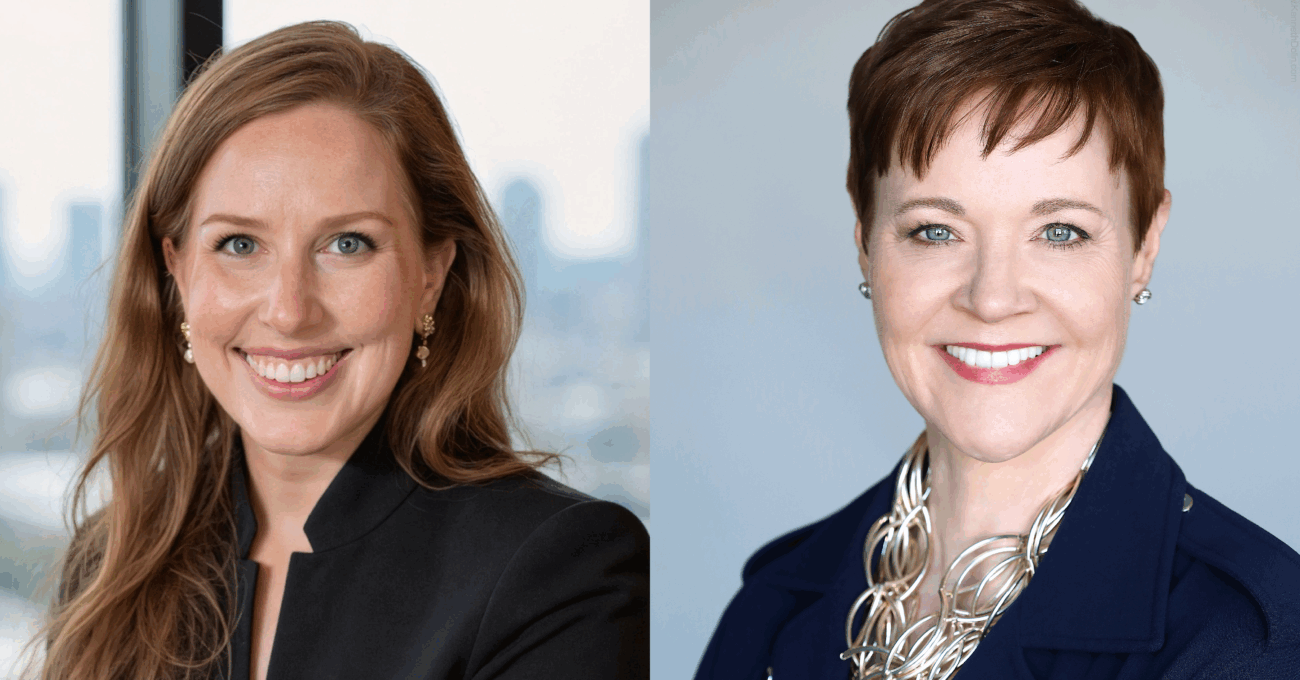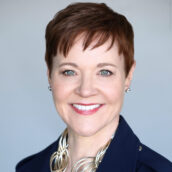
For Alex Sarian, relevance isn’t a buzzword. It’s a mandate for the future of the arts.
As President and CEO of Werklund Centre in Calgary, he’s leading the largest cultural infrastructure project in Canadian history, a transformation that will soon make the organization the country’s largest performing arts campus. But Alex is quick to point out that bricks and mortar aren’t the real story. The deeper shift is philosophical: a move away from mission statements as fixed declarations and toward a practice of asking, “What does the world need right now that we are uniquely positioned to do?”
In this episode, Alex reflects on the evolution underway at Werklund Centre and the ideas behind his best-selling book The Audacity of Relevance. He offers a roadmap for leaders ready to create with their community—not for them—and makes a compelling case for why relevance is the most powerful strategy we have for building a sustainable, future-facing cultural sector.




